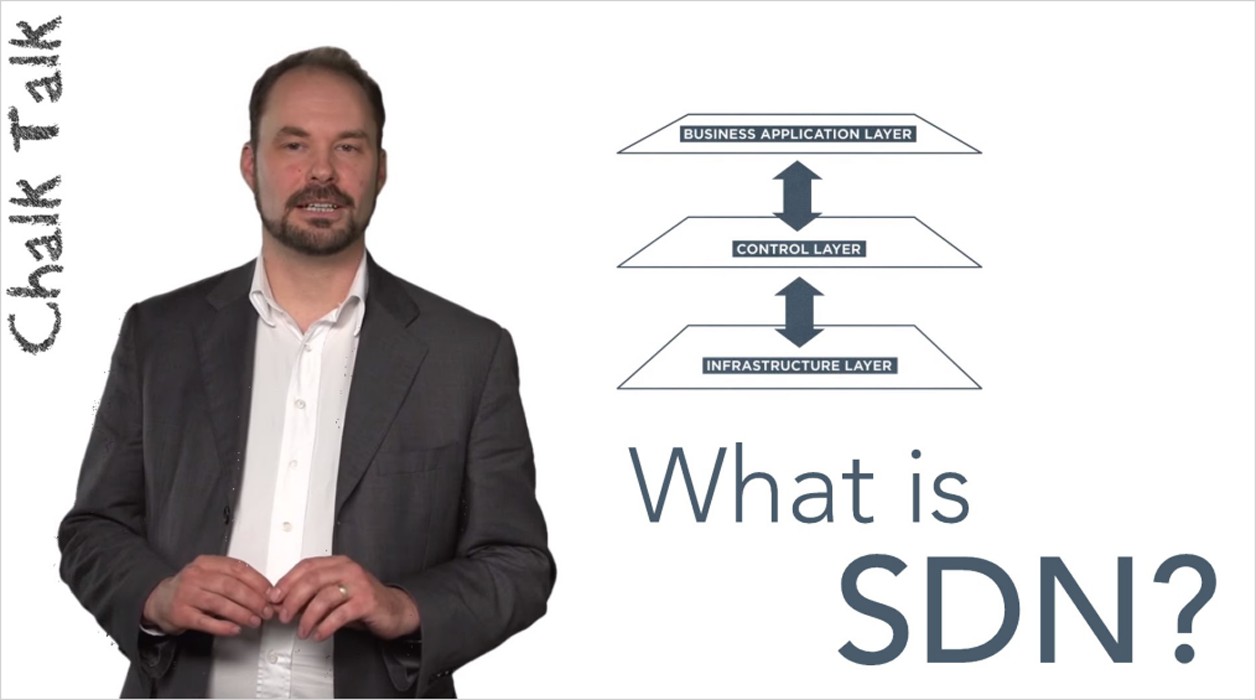How SDN Works
How SDN is being used and rolled out
There has been astounding growth in multimedia, cloud applications, and mobile usage—all while the competitive market builds business pressures to reduce costs, while revenues stay flat. So the industry—enterprises, carriers, and service providers alike—is trying to figure out how to manage the havoc and transform traditional business models. Many are looking to SDN technology as a way to drastically change their network design and operations.
Using open APIs, SDN helps you centrally program network behavior through software applications. Since SDN opens up previously closed proprietary networks, you can manage your entire network—and all of your devices—consistently, no matter how complex the technology that runs the network.
How SDN changes the game
SDN is a game-changer for network players in the way it enables programmable networks, centralizes intelligence and control, facilitates network interaction via APIs, and provides vendor-neutral open architectures. Let’s explore how those game changers can make a difference for you:
- Programmable networks: The ability to control network behavior using software external to the physical networking devices gives you an easy way to customize networks in support of new services. Such services can be granular at the level of individual customers. Without the constraints of closed and proprietary platforms and with the benefit of hardware decoupled from software, you can introduce innovative, differentiated new services rapidly.
- Intelligence and control centralized: With SDN’s central control and intelligence, bandwidth management, restoration, security, and policies become highly optimized. As a result, you gain a holistic view of the network. The logically centralized network approach means resources in your network reap the benefit of intelligent central control and management—rather than the typically distributed control methods that result in devices operating with little awareness of the current state of the overall network.
- Network interaction via APIs: With SDN, your services and applications are logically separated from physical network hardware and connections. Instead of using physical connections and management interfaces that are tightly coupled with the hardware, your applications connect over the network infrastructure flexibly, with the use of APIs between OSS/BSS, orchestration, and assurance systems.
- Vendor-neutral architectures: Interoperability and openness are hallmarks of SDN architectures. Multi-vendor interoperability fosters a vendor-neutral ecosystem. Use of open APIs enables an array of applications, such as cloud orchestration, SaaS, and business-critical networked apps. Intelligent SDN software can control hardware from disparate vendors that utilize open programmatic interfaces, such as OpenFlow. Moreover, intelligent network services and applications run in a common IT software environment.
How Ciena helps
Ciena’s Blue Planet provides customer-proven, vendor-neutral SDN solutions for automating service and network provisioning across multiple physical network layers (L0, L1, L2). The abstracted ‘single-pane-of-glass’ SDN approach breaks down management and technology silos, enabling network operators to orchestrate services from end to end.
In addition, Blue Planet significantly reduces manual ‘step-by-step’ provisioning errors and increases service velocity. And Blue Planet Resource Adapters streamline integration with underlying third-party SDN controllers, EMS/NMS, and network elements across a wide array of native protocols.
At the heart of the Blue Planet SDN approach, Open REST APIs simplify your back-office OSS/BSS integration. Meanwhile, DevOps-style programmability gives you greater control, agility, and self-sufficiency. The extensible, multi-domain platform paves the way to innovative services such as bandwidth-on-demand and Network-as-a-Service.





